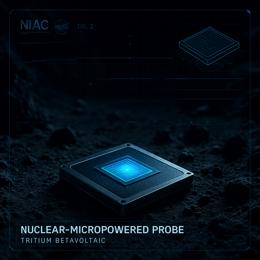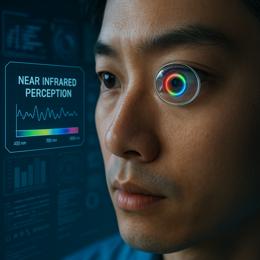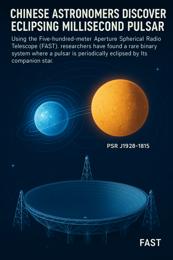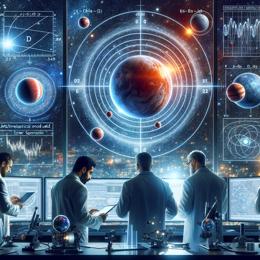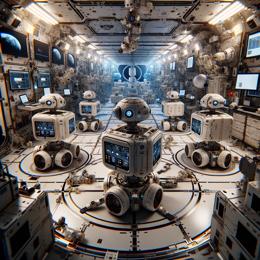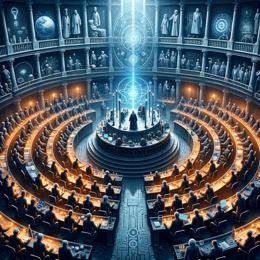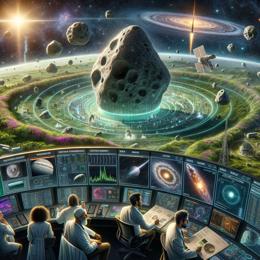Image created by AI
Unveiling Galactic Mysteries: Webb Telescope Explores the Violent Surroundings of Milky Way's Central Black Hole
The James Webb Space Telescope, NASA’s most advanced space observatory to date, has opened a new window into the cosmos with its latest observations of the dynamic environment surrounding the supermassive black hole at the heart of our Milky Way galaxy. Launched in 2021, Webb has begun to unravel the mysteries surrounding Sagittarius A* (Sgr A*), the galaxy’s central black hole, with unparalleled clarity and depth.
Sgr A* is situated approximately 26,000 light-years from Earth, harboring about four million times the mass of the Sun within its dark confines. Unlike the more turbulent black holes at the centers of other galaxies, Sgr A* exhibits a rather subdued nature, interspersed with bursts of intense activity.
Through approximately 48 hours of focused observation spread across seven sessions, Webb has captured the accretion disk—a swirling vortex of gas being inexorably drawn towards the black hole’s event horizon. This region is a flurry of chaos, with gas clouds colliding and merging under the influence of extreme gravitational forces and strong magnetic fields.
Farhad Yusef-Zadeh of Northwestern University, the lead author of the study published in Astrophysical Journal Letters, explains that these interactions near the event horizon are marked by a constant flickering of light interspersed with dramatic flares. These flares behave similarly to solar flares but occur on a much grander scale, releasing hot charged particles into the black hole's vicinity.
The detailed data from Webb has revealed that about 90% of the material within the accretion disk ultimately succumbs to the black hole’s immense gravitational pull, while the remainder gets ejected back into space. This observation is crucial as it provides insights into how black holes interact with their environments, regulating the growth and evolution of galaxies.
This persistent observation was made possible by Webb’s Near-Infrared Camera (NIRCam), allowing astronomers to observe the region in two different wavelengths within the infrared spectrum. This method was essential due to the inability of visible light to escape the black hole, requiring indirect observation of its surrounding phenomena.
Preceding space and ground-based telescopes, including the Hubble Space Telescope, have only managed fragmented glimpses of Sgr A*. Webb’s technology marks a significant advancement by offering extended and continuous monitoring capabilities, which are crucial for understanding the complex dynamics that govern black holes.
The ongoing results from the Webb telescope are not only providing a clearer picture of the processes occurring in the immediate surroundings of black holes but are also setting the stage for future explorations aimed at deciphering the cosmic puzzles posed by these enigmatic features of the universe.

